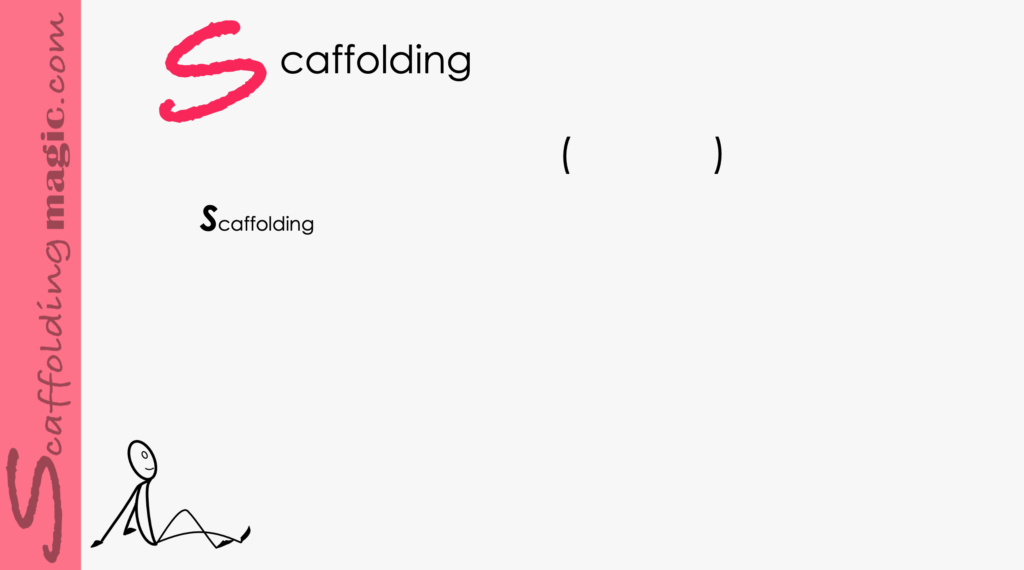You caught a beauty!!!
Download PDF of scaffold here.
Download PDF of scaffold here.
theory behind scaffold…
Although both the origins and official date are disputed, we can use the International Thank You Day as an opportunity to help our students to begin the school day with hope for more positive forces in the world. From an educational standpoint, we create more powerful lessons by considering Vygotsky’s assertion that:
Our students are more likely to step outside their zone of proximal development (comfort zone) when their shared affective spaces are supported and nurtured
(Vygotsky, 1978)
Especially since the pandemic, we know that unless we address factors that will strengthen the affective domain, our students will find moving forward in their learning emotionally taxing. We can support them by celebrating this expression.
The offering of a verbal ‘thank you’ is a delicate but powerful message.
- It can be educational on a linguistic level: translated into whatever target language(s) you are studying.
- It can be studied through the eyes of multi-culturalism. In one culture, if said too often, it can annoy. In another culture, if unsaid, its absence can offend and create far-reaching misunderstandings.
- On a consumer level, in a world filled with the drive for wealth and fame, this day day is a wonderful opportunity to help our students to remember the non-materialist elements in their lives are extremely fulfilling.
There are many ways to say ‘thank you’ in every language. This scaffold invites you to swim past linguistics and dive into the more malleable interpretation of the expression.
We’re going to use Leonard Cohen‘s classic ‘Halleluyah’ and the version by the a capella group Pentatonix, as a way of celebrating this day.
While the word halleluyah is most often associated as a religious reference, it has a secular meaning as well, and many understand that the sentiments create transcendence. That is where the true power of the word lies; this affective, more global perspective is the focus of this scaffold.
step by step…
- Give students a context to Leonard Cohen’s song ‘Halleluyah’. He was inspired by the passage from the bible 2 Samuel 11-12. In pairs, they write a basic time-line of the passage, citing the key events and characters.
- Pairs exchange their time-lines with another, and they discuss their impressions of their classmates’ work.
- Put the word ‘Halleluyah’ on the board and individually students write down three words that immediately come to them that the word evokes.
- Post several definitions of the word. In pairs, students discuss the words they wrote down and compare them to the various definitions.
- Hand out the lyrics of Leonard Cohen’s song ‘Halleluyah‘ and students match the biblical references of the song to their time-lines and discuss a more secular connotation of the story.
- In groups, students answer the following question, including the conclusions they have extracted in their work up until this point: How does the word ‘halleluyah’ transcend the biblical references to cover a wider, more secular meaning?
- Play the Pentatonix version of the song ‘Halleluyah’ with the audio only. Individually, students write down 10 words that the song evokes for them. (affective response).
- Play the Pentatonix version of the song again with the video on. In pairs, students write five (5) sentences explaining how the visuals affect the meaning of the word ‘Halleluyah’ by either constraining it to religious meaning or liberating it to a more secular connotation. They summarise their conclusions in 1-2 sentences.

9. Groups share their conclusions with their classmates.
10. Students make connections between the activity and the power of saying ‘thank you.’
11. Finally, students individually write down 1-5 sentences of gratitude for things they have in their lives.

Definition ‘Halleluyah’ 1
Definition ‘Halleluyah’ 2
See a similar lesson for Primary school
See a similar lesson for Pre-school


Scaffoldingmagic.com is your entryway into DYNAMIC bilingual learning methodologies, such as Phenomenon-Based Learning, CLIL, EMI, and ESL. You’ll find ways to implement critical thinking tools (DOK) to promote higher level thinking, the growth mindset, instill an ethic of excellence, deep reflection on learning, and all through multi-cultural, interdisciplinary activities. We have the keys to turning competences into action and to creating collective efficacy in your school so you move ahead as a unified, enthusiastic team.



